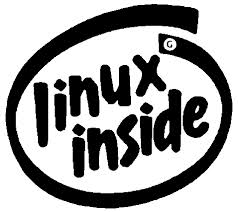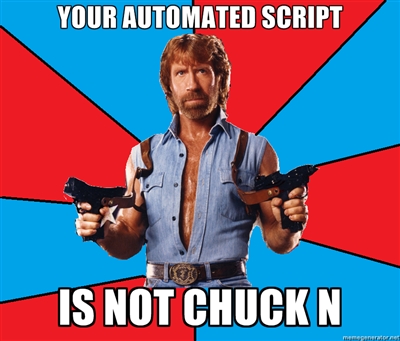Like every year it’s time once again to read the sysadvent blog, a great source of interesting article.
This one it’s an article of one year ago, but still really useful and interesting
Written by: Michael Stahnke (@stahnma)
Edited by: Adam Compton (@comptona)
Over the years, I have mentored quite a few System Administrators. Levelling up means learning about your tools and what they’re capable of (and not memorizing command line flags). For this year’s article on SysAdvent, I wanted to share a lot about one my favorite tools: yum. When I say yum, I mean a little more than just the yum cli itself, but the ecosystem of tooling around it. I spend a lot of time doing things like package building, package repository management, and all in all hacking around with rpms and yum.
Yum is a tool that you’ve probably used if you been a system administrator for any period of time. It’s also one of those tools that is very easy to use and have it get out of your way. yum does network-based dependency resolution, meaning that if you want to install a package, it will download and install all dependencies of that package as well. These are the basics people often know. Under the hood it uses rpm. In normal operation, you use yum for searching, installation and uninstallation of packages. That’s actually pretty awesome, but mainly the trivial use-case for yum.
Beyond that, however, there is much more to the way yum works and interacts with repository metadata. Sometimes being able to query that data can solve heinous problems easily, rather than coming up with odd workarounds. That information can also help you make good decisions about package management.



